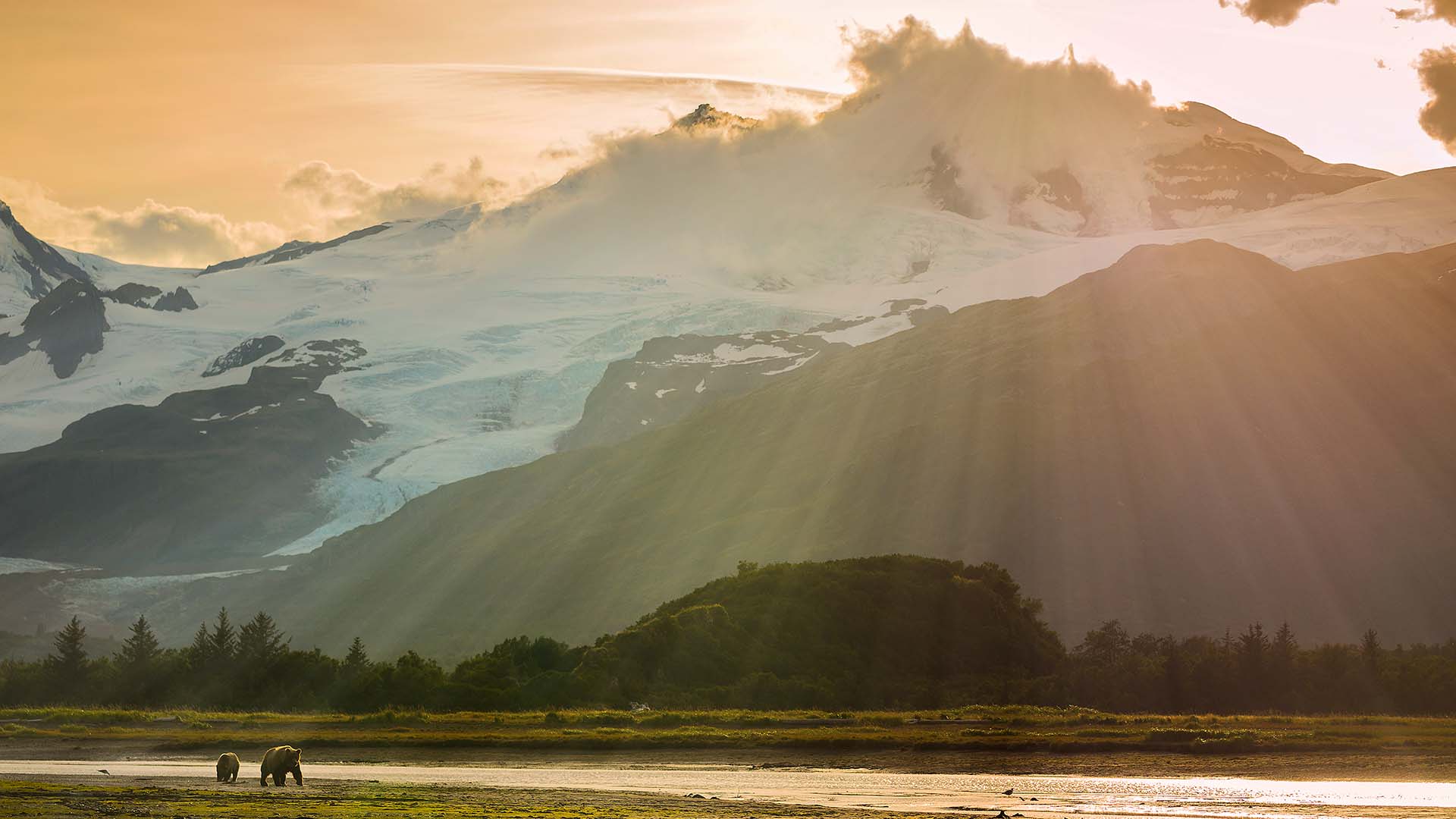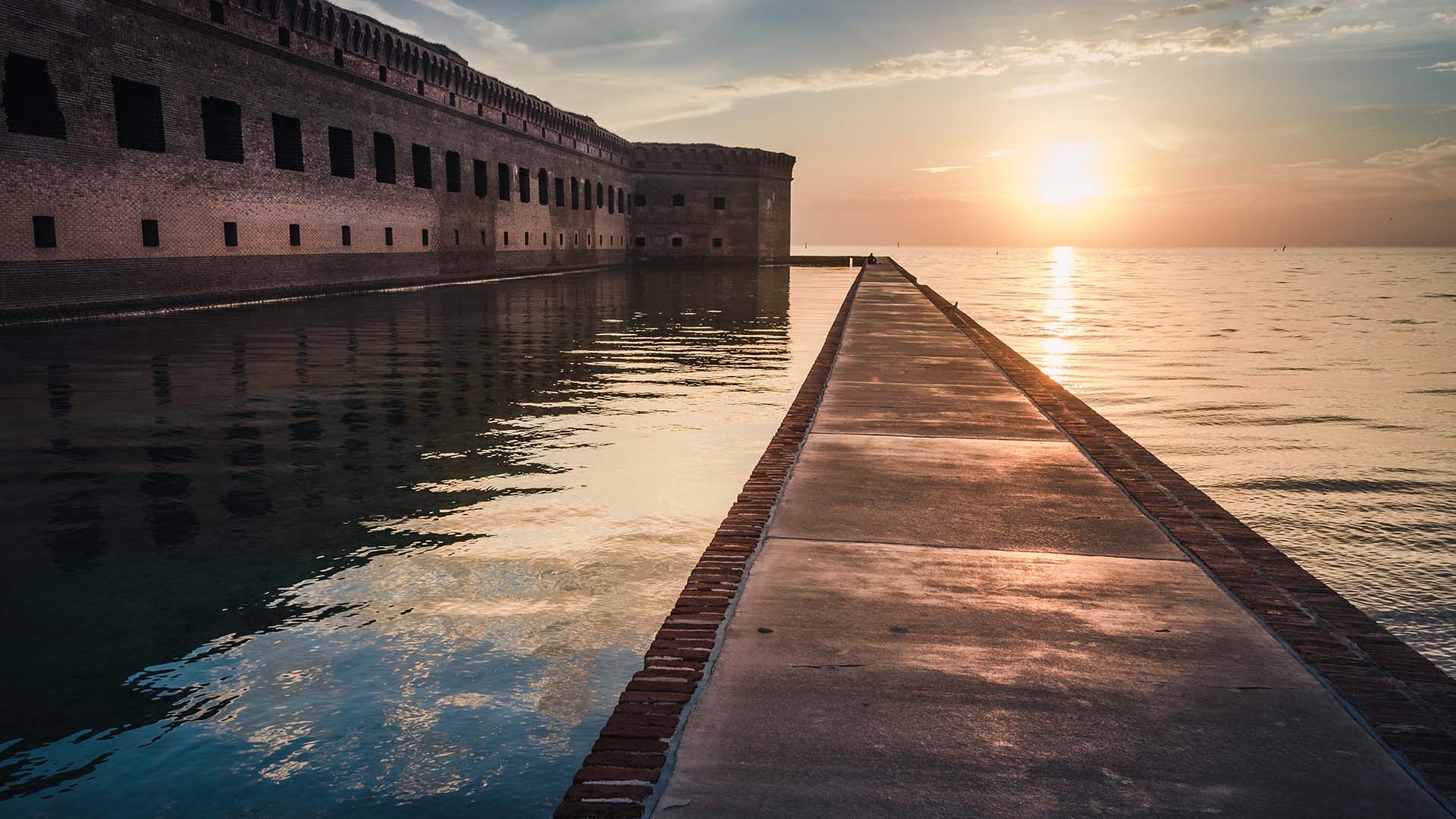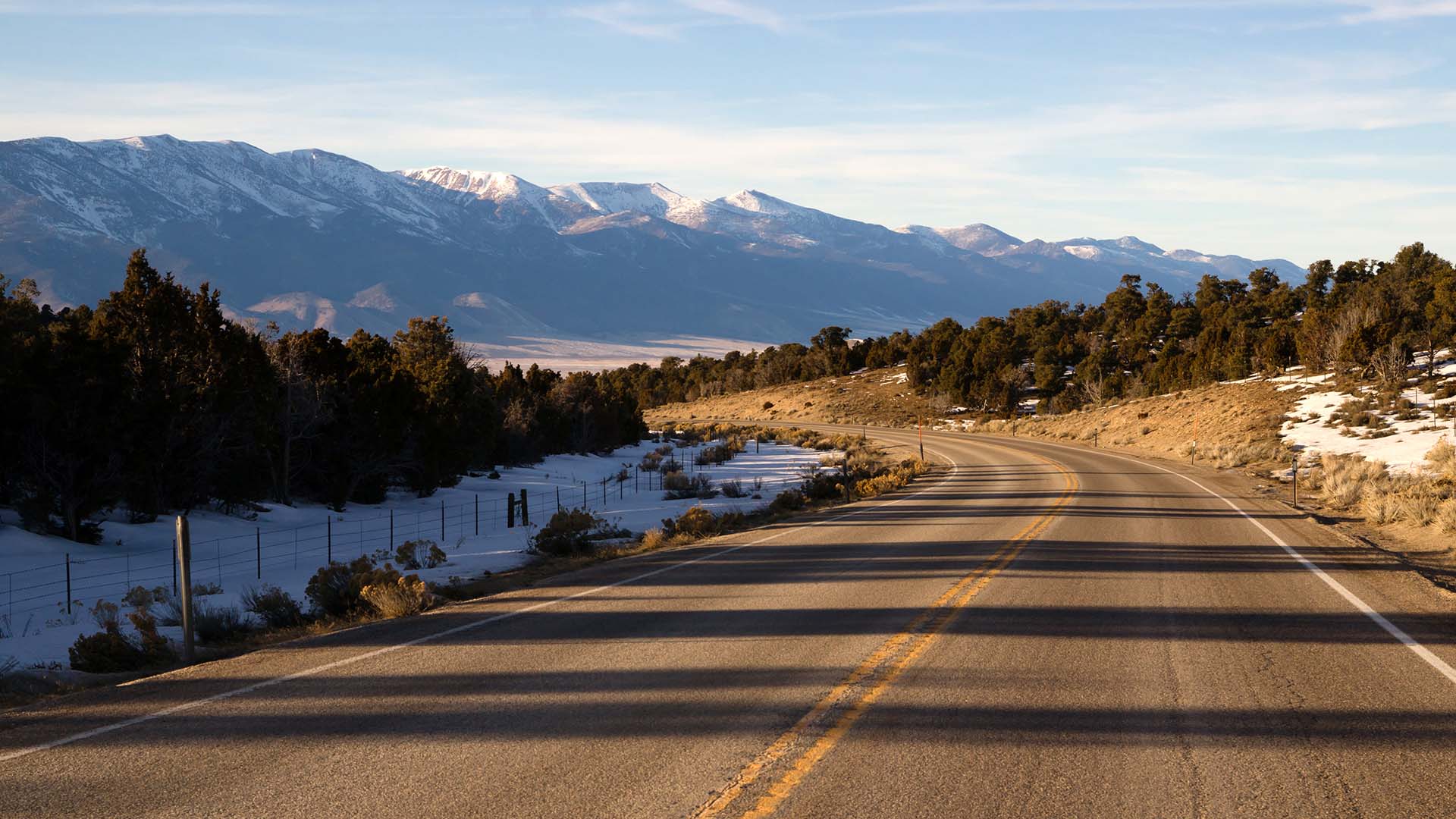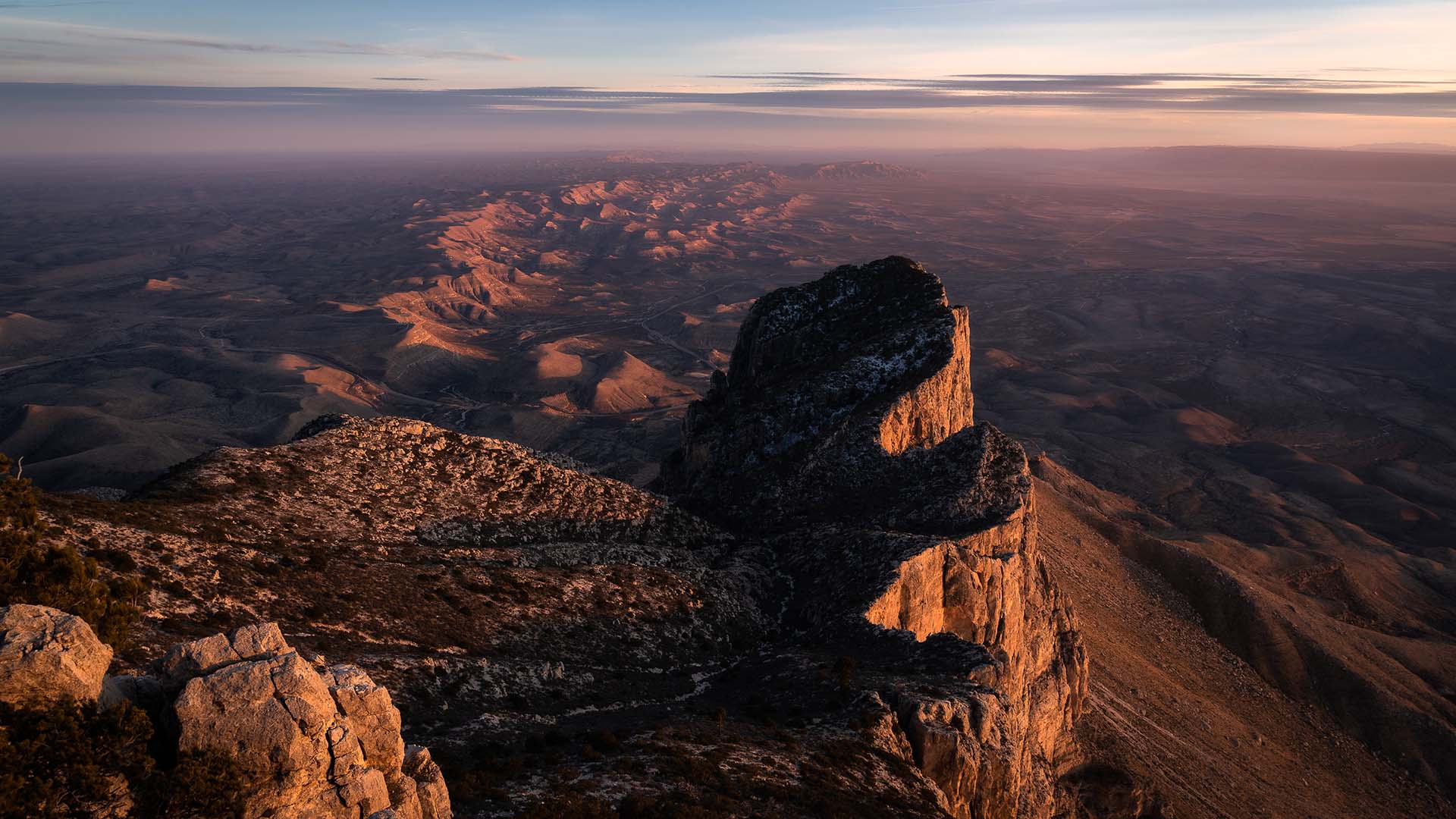The National Park Service recently recorded a significant increase in recreation visits to U.S. national parks. And while the majority of visits were to the most popular parks, like Yellowstone, the Great Smoky Mountains and the Grand Canyon, there are, in fact, more than 400 national park sites across the U.S. — including a world of lesser-known (and less-crowded!) gems.
These other parks boast pristine land, vast wilderness and awe-inspiring scenery. Many of them are in remote places with wide-open spaces, offering visitors the opportunity to get away from it all.
With travel top of mind as the seasons change, it’s important to remember that the major parks can be crowded, so help preserve the country’s natural beauty by traveling to these less-visited national treasures.
As always, check for travel guidelines and closures before planning your trip.
Guadalupe Mountains National Park, Texas
This 86,416-acre park in West Texas is known for the 3,000-foot-high Guadalupe Mountains that overlook the Chihuahuan Desert and the 1,000-foot-high limestone cliff, El Capitan. You’ll also find four of the highest peaks in Texas and one of the world’s most extensive ancient fossil reefs.
Spend your days hiking, backpacking and wildlife viewing. There are also some roads available throughout the park for visitors to get around. In the evenings, camp under the clear Texas skies to view more than 11,000 stars, the Milky Way and even other planets and galaxies.
Katmai National Park & Preserve, Alaska

Accessible only by plane or boat, Katmai National Park & Preserve covers more than 4 million acres of wild and spectacular land with miles of rivers and streams. The park is home to the spawning ground for Bristol Bay sockeye salmon and one of the largest salmon runs in the world. There are also thousands of brown bears at Katmai and at Brooks Camp, where you can view them feasting on the salmon during the run, primarily in July and September.
Other highlights at Katmai include the Valley of the Ten Thousand Smokes, which was formed by the largest volcanic eruption of the 20th century. At Katmai Pass and the Southwest Trident Lava Flows, hikers that make it to the top of Observation Mountain — at more than 3,000 feet of elevation — are rewarded with spectacular views of the Katmai River gorge and valley.
Congaree National Park, South Carolina
Congaree National Park is home to the most extensive old-growth bottomland hardwood forest in the southeastern U.S. Along with some of the tallest trees in the eastern U.S., you’ll also find diverse animal and plant life, prehistoric forest landscapes and, in the park’s flood plain, one of the highest tree canopies in the world.
Today, hiking, fishing, boating and camping are favorite pastimes at this historic park that was once home to Native Americans, a hiding place for Revolutionary War patriots and a refuge for escaped African American slaves.
National Park of American Samoa, American Samoa
This remote paradise in the South Pacific has 4,000 acres of underwater park and encompasses sections of three volcanic islands with tropical rainforests.
Visitors to the National Park of American Samoa, 2,600 miles southwest of Hawaii, will find extraordinary plant and animal life, hidden villages, coral sand beaches, lush green vistas and endless ocean views — plus an introduction to the Samoan culture, which is the oldest in Polynesia.
Dry Tortugas National Park, Florida

The seven small islands of this remote, 100-square-mile national park sit approximately 70 miles west of Key West. The clear, sparkling, turquoise-and-emerald waters are excellent for snorkeling and diving and teeming with marine life along the coral reef that’s part of the Florida Keys reef system.
The only ways to access the park are by seaplane, ferry or private boat. Don’t miss a visit to Fort Jefferson, one of the largest 19-century forts in the U.S., on Garden Key. And for an extended visit, campsites are available on a first-come, first-served basis, also on Garden Key.
Gates of the Arctic National Park & Preserve, Alaska
There are no trails, roads or campsites in the vast wilderness of Gates of the Arctic National Park — only pristine valleys created by glaciers, untamed rivers and ecosystems that have provided sustenance for people for thousands of years.
It’s recommended that only visitors with excellent backcountry and survival skills visit as there is no cell service in the 8.4 million acres of rugged landscape. You’ll need to arrive by floatplane to what’s regarded as “one of the last truly wild places on earth.”
Then watch caribou wander through the valleys, go fishing on alpine lakes or opt to take a local air taxi for a flight-seeing trip over nearby Kobuk Valley National Park.
Channel Islands National Park, California
The only way to reach these five rugged islands off the coast of Southern California is to take a private or park concessionaire boat. Once you arrive, hiking, kayaking or exploring by boat are the preferred methods of transportation since bikes are not permitted. Anacapa, Santa Cruz, Santa Rosa, San Miguel and Santa Barbara islands all have hiking trails, and there is one established campground on each island.
Marine life is abundant, and you can spot whales, dolphins and porpoises in the Santa Barbara Channel and view seals and sea lions on all of the islands. Grab your board when the surf’s up. If you’re an expert snorkeler or diver, these waters offer what’s regarded as some of the best underwater exploration in the world.
Great Basin National Park, Nevada

Great Basin is located in one of the four deserts in the U.S., and its diverse landscape includes Nevada’s most extensive cave system, pristine alpine lakes, ancient bristlecone pines and the highest peak in the state, Wheeler Peak, at just over 13,000 feet.
Boasting one of the rare designations of being named an International Dark Sky Park, Great Basin is also home to the Astronomy Amphitheater and an annual astronomy festival in the fall. You can explore the park on your own by horseback riding, hiking, driving or going snowshoeing or skiing in the winter.
Isle Royale National Park, Michigan
Located in northwest Lake Superior, Isle Royale is reachable only by passenger ferry, seaplane or private boat from either Michigan or Minnesota. There are facilities on this isolated island, including a lodge and cabins for overnight stays, but you can also opt to camp in the wilderness.
The park is closed in the winter months (November 1 to April 15), but springtime brings backpackers, hikers, scuba divers, kayakers and canoeists looking for a quiet respite from the outside world.
Voyageurs National Park, Minnesota
More than one-third of the 218,000 acres at Voyageurs National Park is water, so you’ll have to reach the interior by boat or by snowmobile in the winter.
Highlights of a visit to this pristine park on the Canadian border of northern Minnesota include more than 27 miles of picturesque hiking trails, boat tours with park rangers, and fishing for walleye, northern pike and other species in as many as 30 lakes.
This remote locale is also known for its top-notch stargazing and year-round northern lights viewing opportunities.




